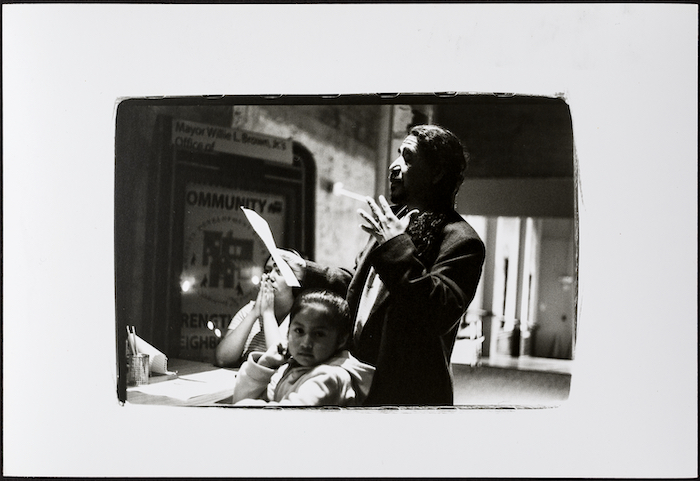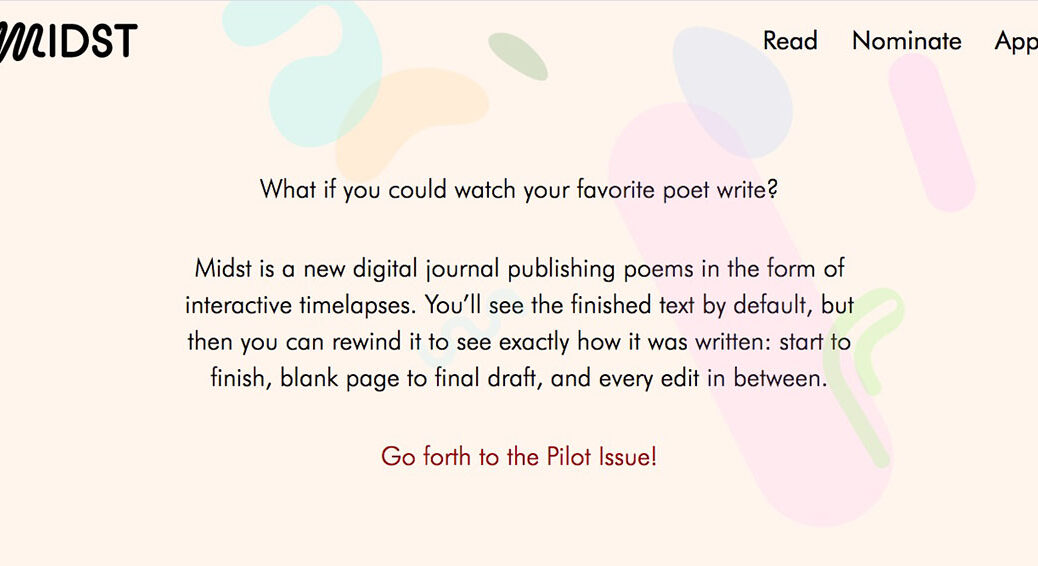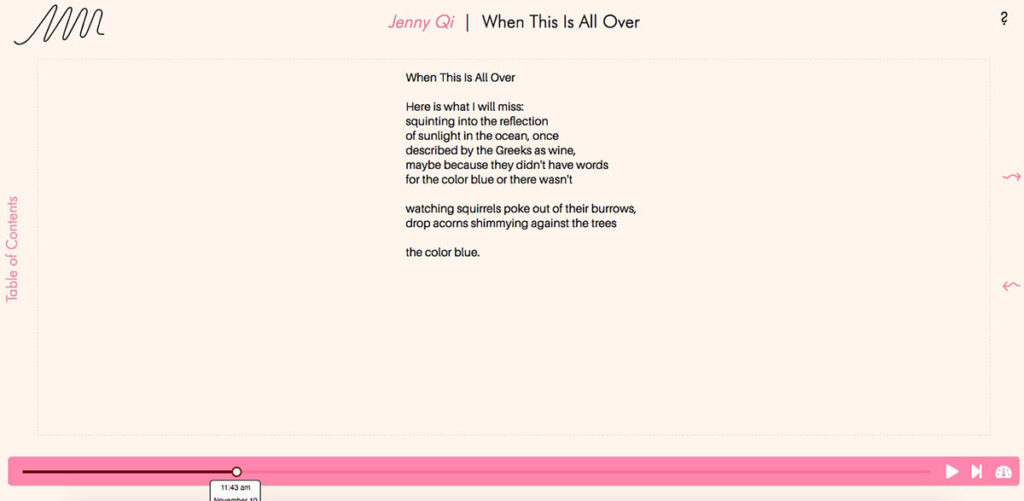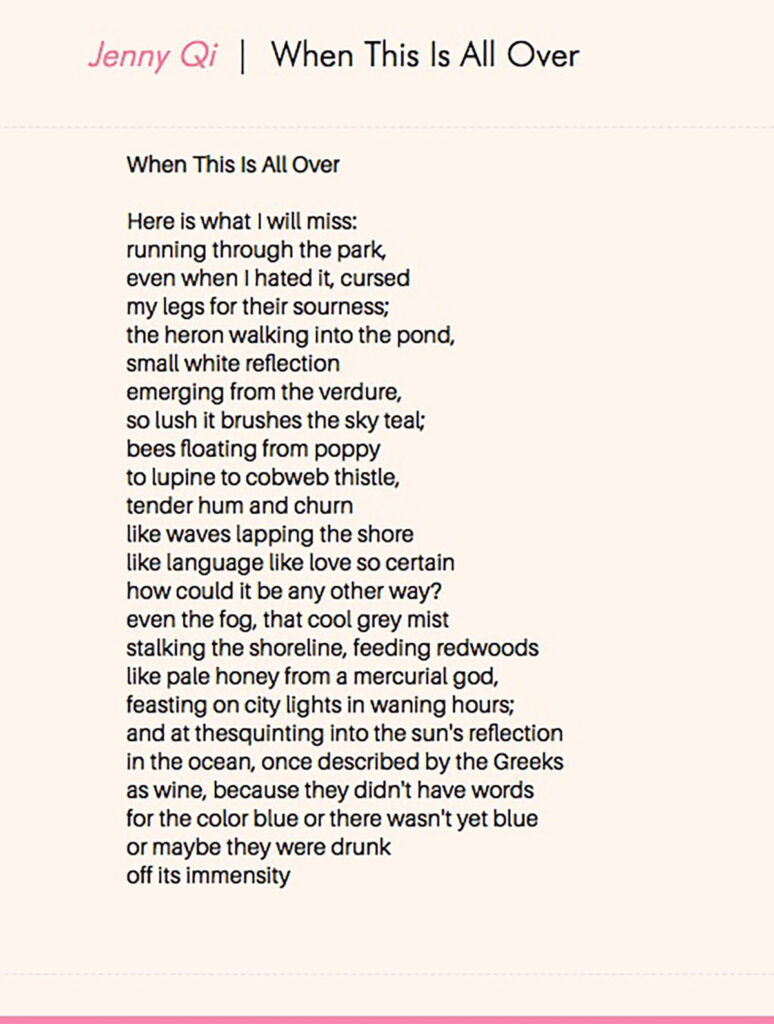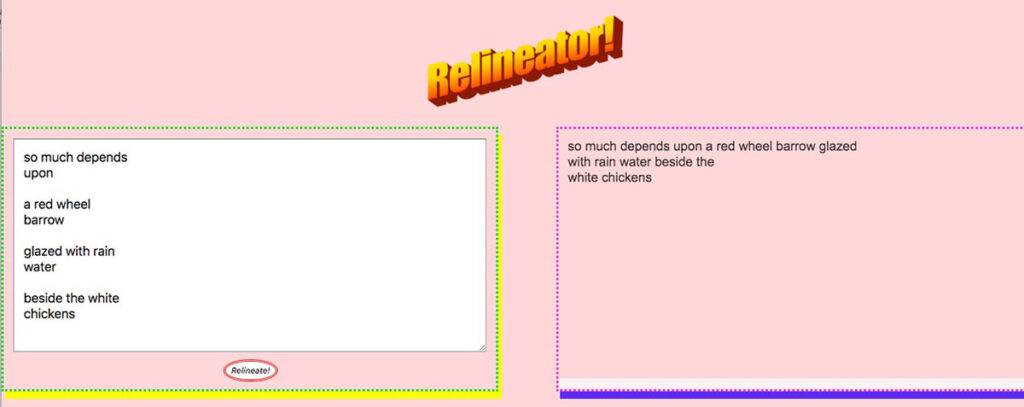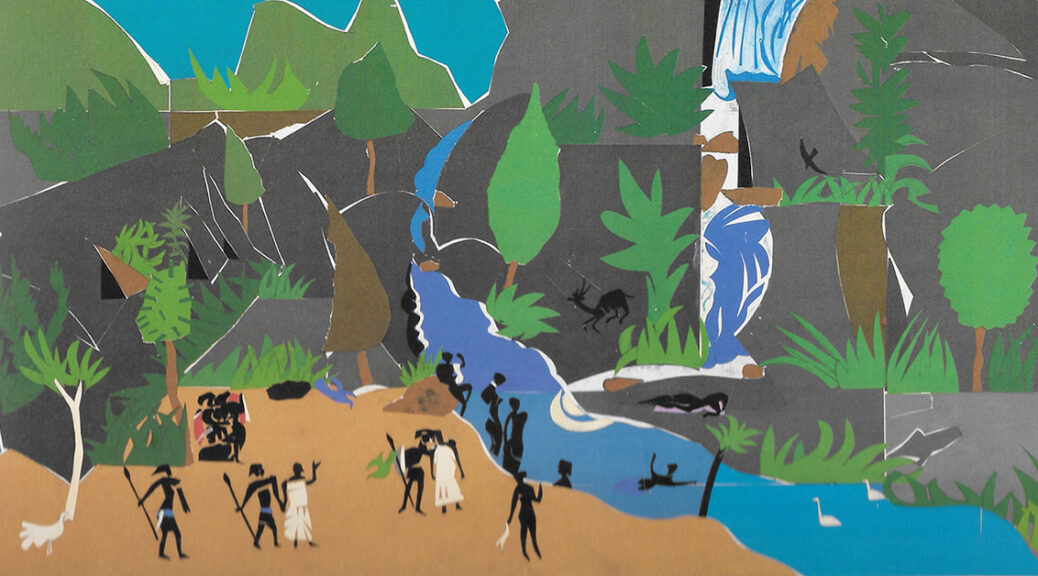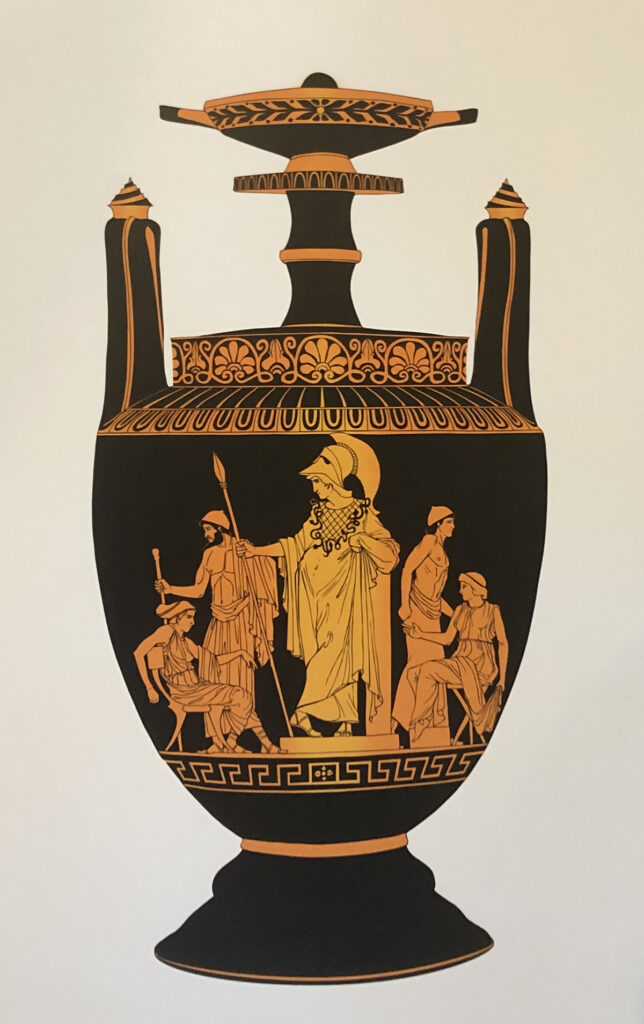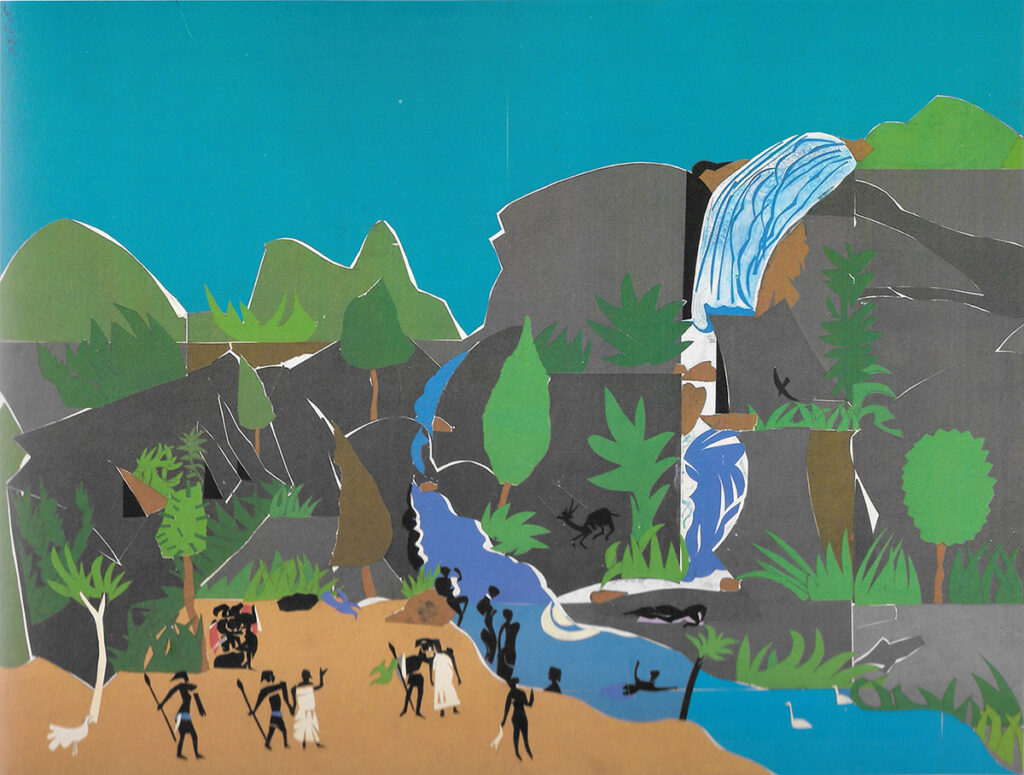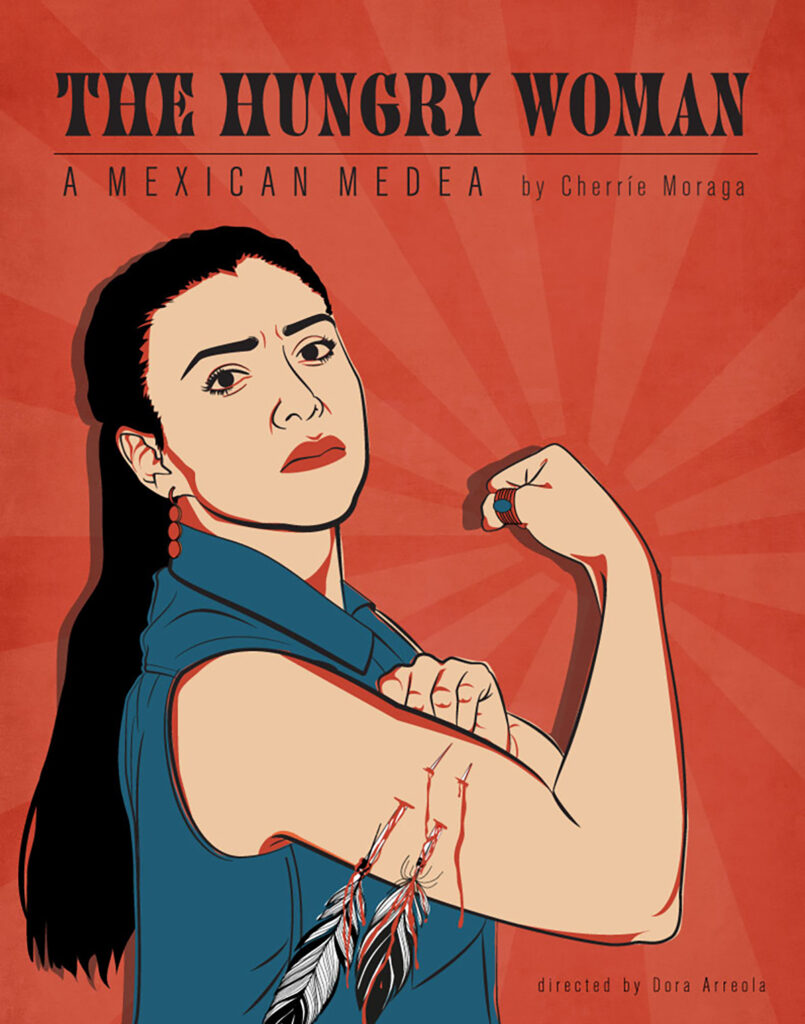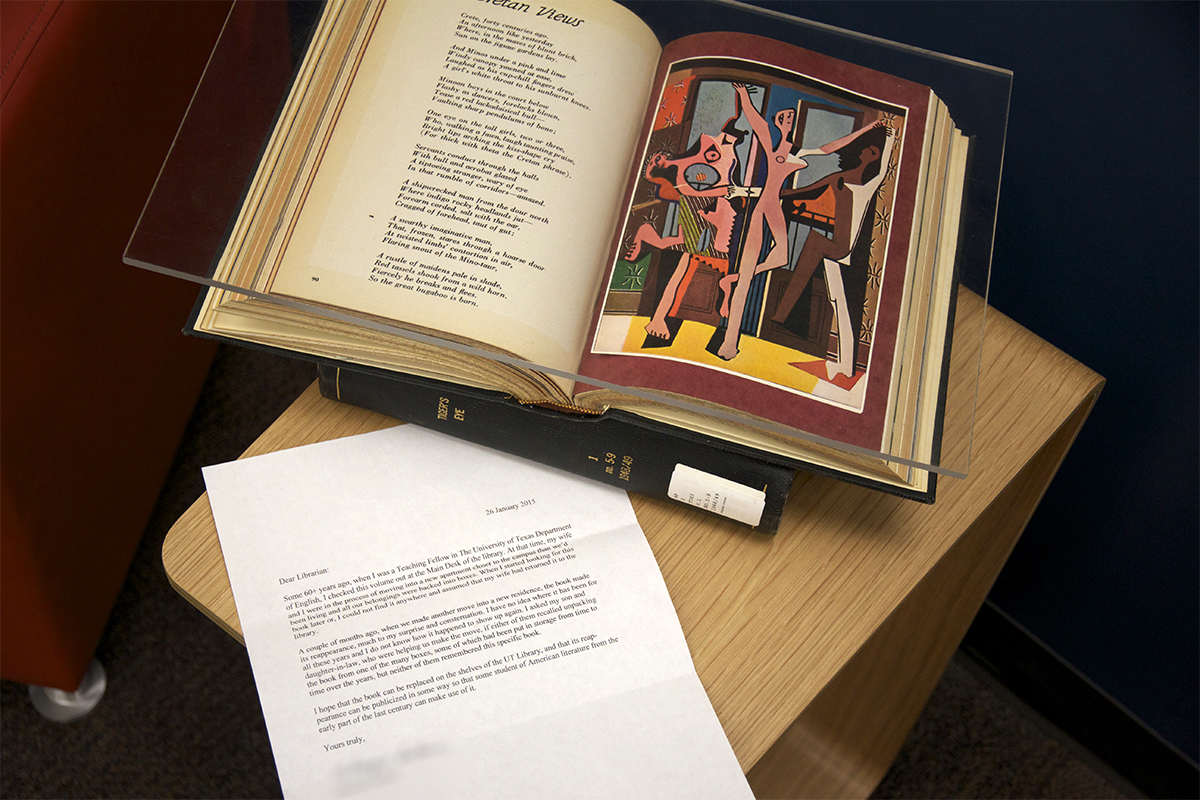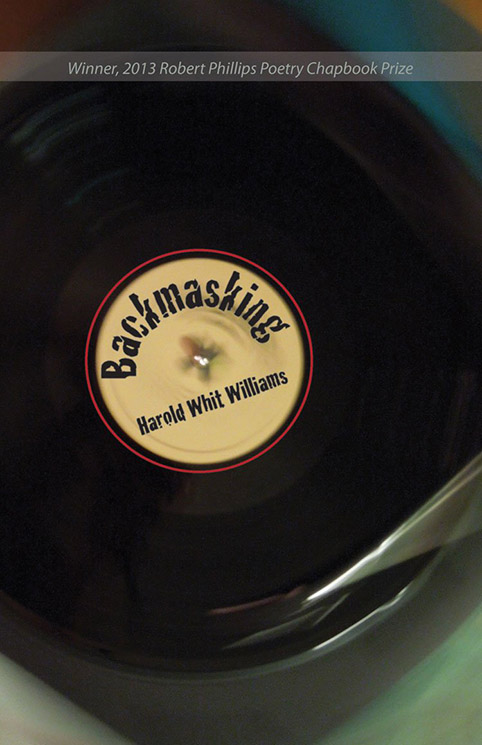BY ANA A. RICO
The Benson Latin American Collection is pleased to announce the acquisition of the Jorge Tetl Argueta Pérez Papers. This collection captures the personal history of Argueta’s work as an award-winning children’s book author, poet, activist, organizer, cultural worker, teacher, and publisher. It includes manuscripts, books, journals, original artwork, correspondence, photographs, posters, and newspapers.
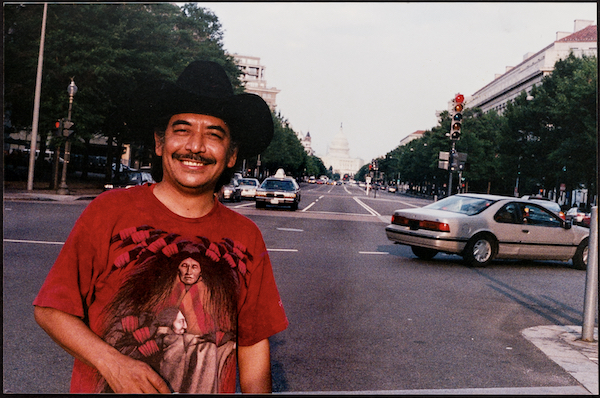
Jorge Argueta was born in El Salvador and is of Pipil-Nahua descent. In the early 1980s, he immigrated to San Francisco during the Salvadoran Civil War. This experience influenced his early poetry, before he began writing children’s books. He is currently the Poet Laureate of San Mateo County, California, and is active in both San Mateo County and the Mission District community of San Francisco.
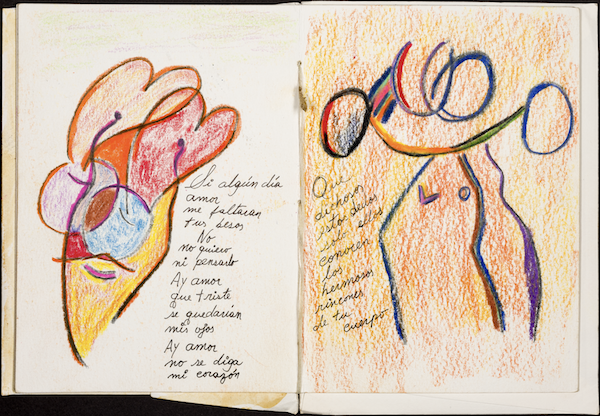
Known as a performer and event organizer, Argueta works to promote multicultural children’s literature through events such as reading series, poetry festivals, and street fairs. He has held positions in notable San Francisco organizations, such as the de Young Museum of San Francisco, where he was a Poet-in-Residence for the Poets in the Galleries Program. He has been a member of the Board of Directors of Acción Latina and a curator of the Mixed Poetry Series. He is an editor at Luna’s Press Books and is co-owner of Luna’s Press Bookstore in San Francisco.
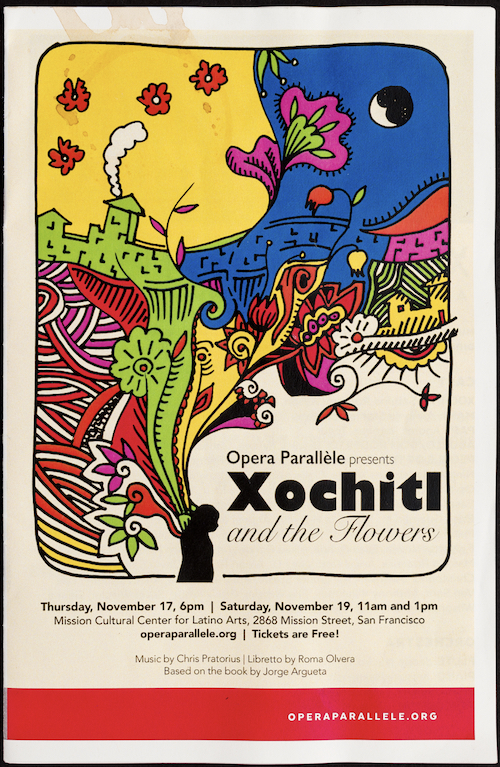
His impact does not stop in California, however. He established a children’s library, La Biblioteca de los Sueños, in 2016. A lifelong dream of his, the library now stands in Santo Domingo de Guzmán, his hometown. He also started The International Children’s Poetry Festival in Manyula, El Salvador, which has occurred every November since 2010. Argueta’s dedication to children’s literacy and literature has had a tremendous impact on both of his communities.
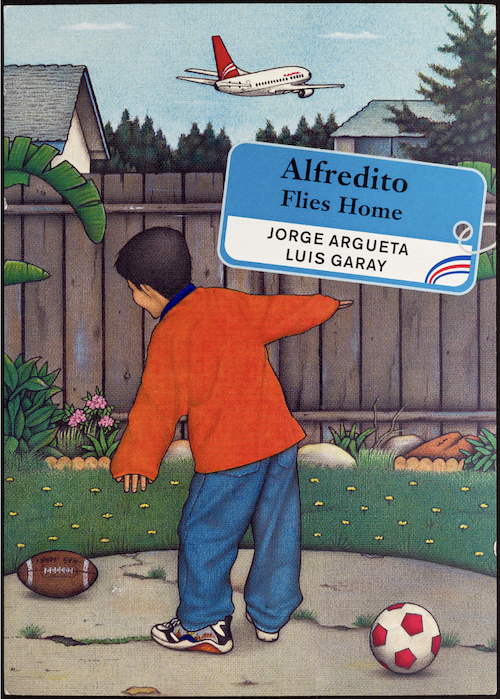
Argueta’s work is recognized nationally and internationally. He has received the Américas Book Award, NAPPA Golden Award, Lee Bennett Hopkins Award, and Salinas de Alba Award, and his books are featured in the likes of the USBBY Outstanding International Books List, Kirkus Reviews Best Children’s Books, and the Cooperative Children’s Book Center Choices. He continues his commitment to spreading multicultural children’s literature through classroom visits, earning the gratitude of young readers across the country and much thank-you correspondence from his visits. Although he is a prominent figure in bilingual children’s books, he also aims to reach older audiences through poetry and a memoir published in 2017.
This collection is an invaluable addition to the Benson. Its addition complements current collections such as the Carmen Lomas Garza Papers and Artworks, the Carmen Tafolla Papers, as well as the Benson’s Central American collections that feature Miguel Ángel Asturias, Ernesto Cardenal, and Pablo Antonio Cuadra.
Ana A. Rico is a master’s student at the School of Information and the Collection Development GRA at the Benson Latin American Collection.

